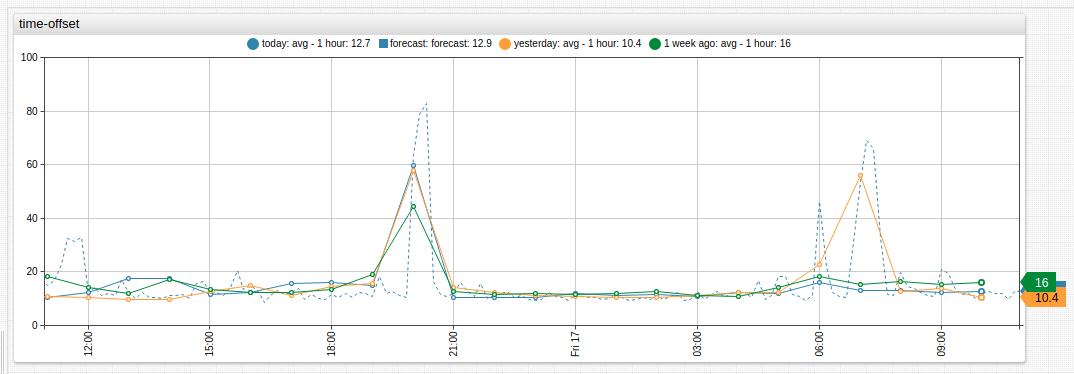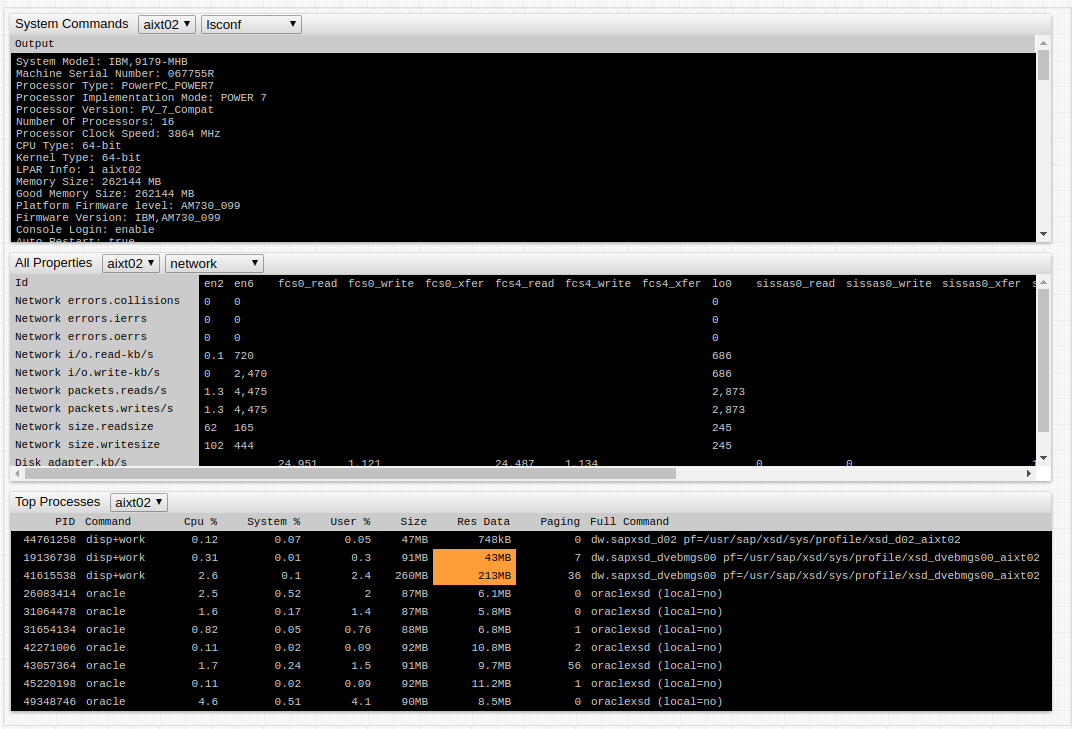Schema
The table schema supports the following record types:
- Series
- Messages
- Properties
Records are always associated with an entity: a generic class, which represents a physical or logical object being monitored such as Br1740 (a bioreactor), or eia.gov (an institution).

Series
Time Series is a time-indexed array of measurements, each described by a timestamp and numeric value or text annotation.
date time value annotation
2018-05-20 00:15:00 17.4
2018-05-20 00:20:00 18.0
2018-05-20 00:15:00 0.0 invalid reading
2018-05-20 00:20:00 17.6
Each series is uniquely identified by a composite key consisting of metric, entity, and optional key-value pairs called tags.
Metricrepresents the name of a measurable numeric attribute such astemperature.Entityis the name of a physical or logical object being monitored.Tagsare metadata and provide an additional level of detail about the observation, for examplepart = Enclosure.
The above sample series can be identified as follows:
metric: Temperature
entity: Br1740
tags: part=Enclosure
Series values change over time and their history can be analyzed with SQL and visualized with graphs.

The Selecting Series Overview contains additional examples on how to retrieve series from the database for visualization purposes.
Messages
Messages are timestamped text events also referred to as logs.
date time type source message
2018-05-20 00:00:00 etl cp-data backup job started
2018-05-20 00:42:00 etl cp-data backup job completed

Properties
Property is a collection of arbitrary key-value pairs describing a given entity, grouped by user-defined type. The property record is uniquely identified by type, entity, and optional keys. Unlike series, the property record stores only the most recent values. The values are stored as text.
For example, disk_info type for an entity can store properties such as disk_type, disk_model etc. The property schema is similar to the following relational representation:
CREATE TABLE disk_info (
entity VARCHAR(64),
TIME TIMESTAMP,
disk_name VARCHAR(64),
disk_type VARCHAR(64),
disk_status VARCHAR(64),
disk_model VARCHAR(64),
disk_size VARCHAR(64),
PRIMARY KEY (entity, disk_name)
);

Resources
- Getting Started Tutorial
